Contents
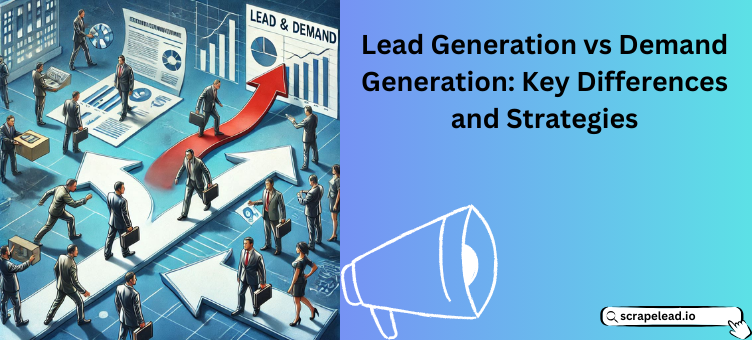
Lead Generation vs Demand Generation: Key Differences and Strategies
Two buzzwords often spring up when one talks about marketing: Lead Generation and Demand Generation. Though sometimes used interchangeably, they function for different purposes.
There is nothing more important than knowing how these ideas work to be able to write a demand generation strategy that attracts potential customers who become paying clients.
Let’s take the difference between the two in terms of Leading generation vs Demand generation: their functions and how to correctly apply them in demand generation marketing.
So let’s goooo!
What is Lead Generation?
Lead generation is a targeted approach to the capture of contact details from people who are interested in your product or services.
This process will work towards turning such prospects into qualified leads by nurturing and moving them further down the sales funnel.
Lead generation, on most occasions, comes after the generation of demand.
Because your audience already knows about your brand and service, the only thing remaining is to collect their contact information like names, email addresses, and phone numbers.
Lead Generation Tactics:
- Offer gated content like eBooks, whitepapers, case studies, etc.
- Nurtures lead with e-mail campaigns.
- Capture of information through sign-up forms facilitated by landing pages
- Offering free trials or demos for more lead engagement as well as qualification.
For example, if you have a free trial for your software, when a person registers, they are considered a lead. You now have their contact information and will be able to nurture and nudge them toward being a paying customer.
Lead generation converts people who have already heard of your brand into leads who are willing to be approached with a direct sales pitch to power the continued growth of your business.
Lead Generation vs Lead Nurturing
1. Lead Generation
Definition: The process that captures the interest of would-be-customers or leads and captures related details for one’s collection.
Goal: Build your prospects who indicate curiosity on such topics.
Techniques include :
- Usage of tools like data miners or scrapers on LinkedIn and Instagram.
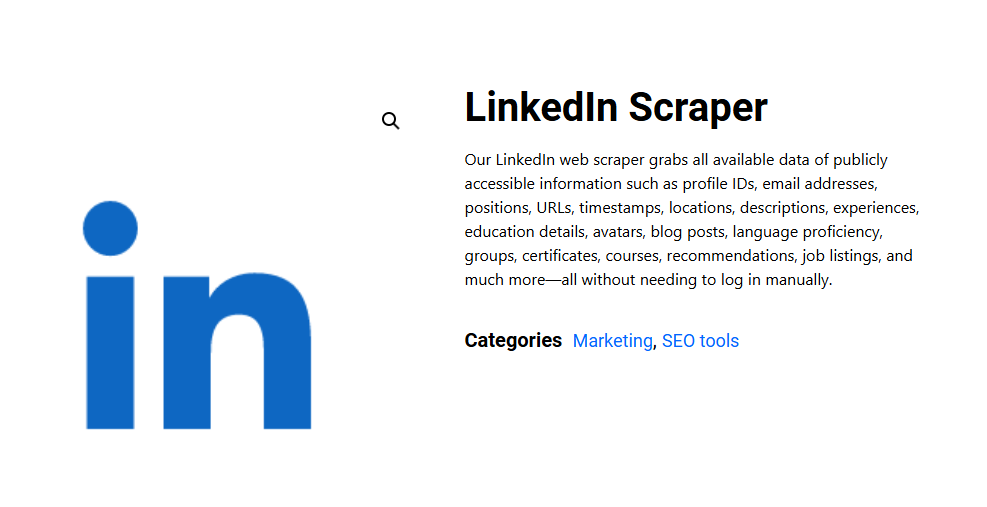
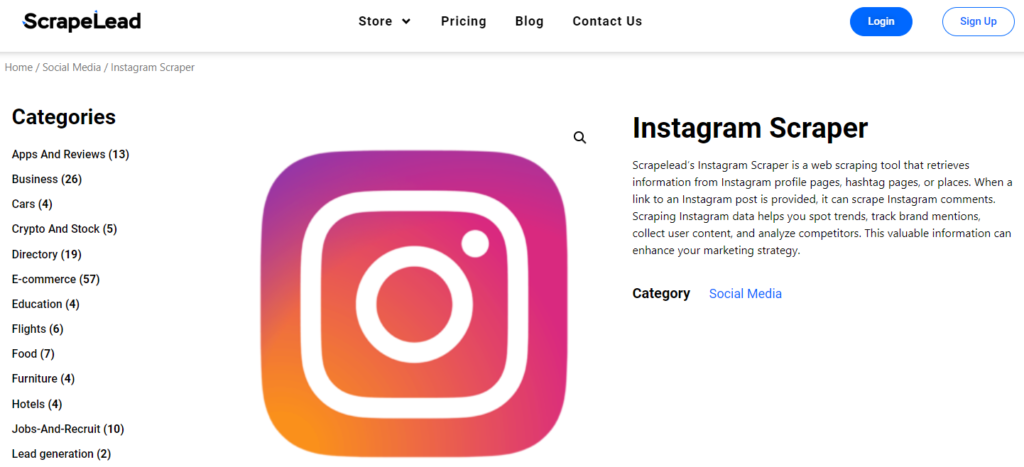
- Gating relevant content, such as whitepapers, eBooks, free trial downloads, etc.
- Capture people’s attention through using Ads or SEO.
Focus: Expanding the top of the funnel by finding new prospects.
2. Lead Nurturing:
Definition: It’s a relationship-building process that offers value and satisfies the needs of leads over time.
Goal: The purpose is to direct the prospects towards a buying decision.
Techniques include :
- Emails or follow-ups customized
- Delivery of value insights via blogs, webinars, or case studies
- Retargeting ads or reminders based on the activity of users
The focus is on engagement strengthening to nudge leads further down the funnel
Lead Generation Brings New Prospects.
Lead Nurturing generates the trust of those prospects to turn into paying customers by answering some pains.
What is Demand Generation?
Demand generation, popularly known as demand gen, is a whole marketing process for building awareness, interest, and desire for any product or service.
As opposed to lead generation, where the major aim is getting contact information, demand generation is mainly focused on developing interest and educating possible customers on how a given product or service will solve problems they are experiencing.
This should attract a broader audience, then guide them in the process leading them to being leads, then paying customers.
Key Characteristics of Demand Generation
- It generates Brand Awareness: This helps bring the product or service in front of a wider audience and, therefore, makes sure the possible customers know your brand and its worth.
- Educates and Engages: Delivers informative, not marketing-oriented content such as blog posts, videos, and webinars that help possible customers educate themselves on the solution for their pain points.
- Leverages Multiple Channels: Utilizes a multi-channel approach through demand generation channels like social media, SEO, email marketing, and paid ads (Google Ads Demand Gen).
If I am not wrong then it is mandatory to have tons of emails for doing email marketing.
Do you have that much of emails?
Don’t panic! ScrapeLead is here to help you.
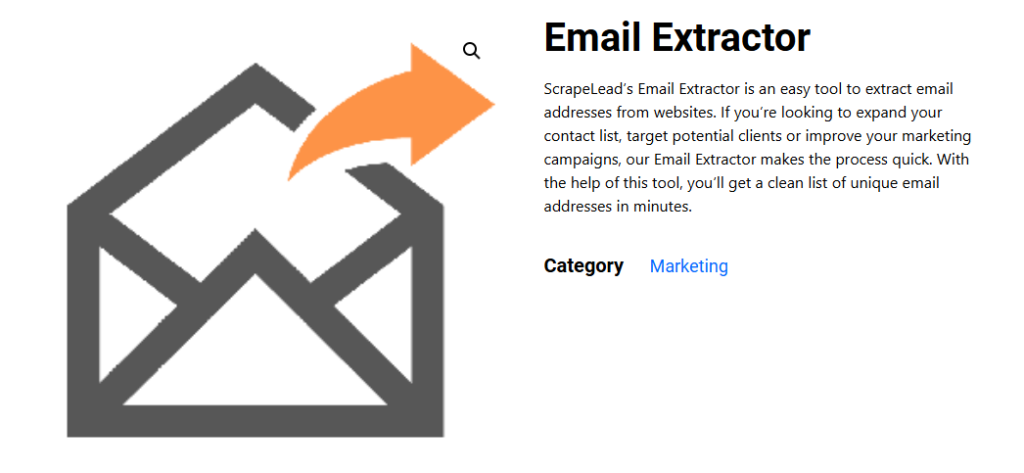
With this, you can scrape tons of emails from different – different sites.
- Target Top of the Funnel: It attracts prospects who do not know of your product but are currently looking to solve their problems.
- Promotes Long-Term Growth: It creates trust as well as nurtures in the long term, creating prospects for when your sales team will interact with those prospects again.
- It generates Demand Creation: It focuses more on-demand creation since it works to create interest in the product or service being provided.
- Data-Driven Approach: Use analytics to monitor engagement, tailor strategies, and understand how the campaigns contribute to demand building.
- Collaboration Between Teams: Align marketing and sales teams so that marketing and sales efforts are delivered with consistent messaging to create an easy journey from awareness to conversion.
- Targeted Content: Deliver individualized, targeted content in every stage of the buyer journey to create interest and then trust.
- Fuels Lead Generation: Serve as lead gen’s foundation by allowing your audience to be aware and educated before surrendering their contact information.
Demand generation marketing focuses precisely on these key characteristics, which provide a sturdy foundation for attracting, educating, and nurturing potential customers.
Industries That Need Demand Generation
| Industry | Why It Needs Demand Generation |
|---|---|
| Technology & SaaS | Educates the market on new tools and software; demos and trials to decision-makers. |
| Healthcare | Builds awareness of treatments and devices; trust is built through educational content. |
| Education & e-Learning | Reaches students through unique programs by using content and social media campaigns. |
| Financial Services | Builds trust for loans, insurance, and investments through informative marketing. |
| Manufacturing & B2B | Engages buyers during long sales cycles; builds brand authority in competitive markets. |
| Real Estate | Builds interest in properties with ads and visuals before capturing leads. |
| Retail & E-commerce | It increases brand visibility and attracts new customers with ads and influencer campaigns. |
| Nonprofits | Raises awareness for causes; it helps engage and retain donors effectively. |
Demand Creation vs Demand Capture /\ Demand Generation vs Demand Capture
It is significant to distinguish between demand creation and demand capture for an effective demand generation strategy. These both play a very vital role in attracting customers toward conversion; however, the scope and activities are entirely different.
What is Demand Creation?
Demand creation is popularly known as demand generation, which means creating awareness and building interest in your product or service in people who don’t yet know about it.
The focus here is to trigger curiosity and enlighten the audience to then think about your offering as a solution.
Key Features of Demand Creation:
- Educate the reader: Value via blogs, videos, webinars, and whitepapers.
- Reach audience wider: The people coming into your brand, for which they never know.
- Focus on awareness: Your branding in front of the prospect.
- Using engaging content: Content marketing and social media, and, in some cases, influencing relationships.
For example;
A blog published by a project management software company, such as “What is Demand Generation in Marketing?” can act as an educational tool while also positioning the brand.
What is Demand Capture?
Demand capture targets people looking to find solutions or people within consideration.
It is geared towards converting interest into leads and sales.
Important Characteristics of Demand Capture
- Reaches prospects when they are most likely to buy: Interacts with prospects when customers are already known to the user their needs.
- Utilizes direct marketing techniques: Paid advertising, search engine marketing, and landing pages to generate leads.
- Keyword optimization: Using words like “demand generation definition“ or “Google Ads Demand Gen” to target high-intent users
Example;
A prospect seeks “best project management software”. The ad of a company appears in Google and automatically leads the user to the landing page offering a free trial.
Demand Capture vs Demand Generation – Key Differences
| Aspect | Demand Creation | Demand Capture |
|---|---|---|
| Objective | Build awareness and generate interest | Convert interest into leads or sales |
| Audience | Broad and unaware audience | Targeted and intent-driven audience |
| Content Type | Educational and engaging | Conversion-focused and direct |
| Marketing Tactics | Content marketing, SEO, and social media | Paid ads, landing pages, and retargeting |
| Focus Area | Top-of-the-funnel | Middle-to-bottom of the funnel |
How Demand Creation and Capture Work Together
Demand creation generates awareness by educating a broader audience, whereas demand capture converts the interested prospects to leads or customers.
In that sense, both these strategies complement each other and ensure a smooth marketing funnel.
Demand capture brings in potential customers through blogs, social media, etc.
In this case, demand capture has been concerned with high-intent users and is applied to paid ads and landing pages.
Together, they ensure continuous lead generation and customer acquisition at every phase of the buyer’s journey to create a maximum number of conversions as well as business growth.
Ahhh, again we went to out of the topic!!
Key Difference Between Lead Generation and Demand Generation
| Aspect | Demand Generation | Lead Generation |
|---|---|---|
| Objective | Create awareness and interest in your brand. | Convert interest into actionable leads. |
| Audience Focus | Broad audience. | Targeted prospects. |
| Approach | Educational and value-driven. | Transactional and action-driven. |
| Tactics | Content marketing, webinars, social media. | Gated content, sign-up forms, email campaigns. |
| Call-to-Action (CTA) | Subtle (e.g., “Learn More”). | Direct (e.g., “Sign Up Now”). |
| Metrics of Success | Traffic, engagement, and brand visibility. | Number of leads, conversion rates. |
| Content Accessibility | Free and ungated content. | Gated content requiring user information. |
| Focus on the Sales Funnel | Top-of-the-funnel activities. | Middle-to-bottom-of-the-funnel activities. |
Which is the Right Strategy for Your Business: Demand Gen vs Lead Gen
When to focus on Lead Generation
- Your sales team requires more leads for closing deals
- The audience already knows your brand.
- You have an offer to attract prospects.
When to Focus on Demand Generation
- If you’re a new business, and trying to create awareness
- The target audience is not yet aware of your product
- You would like to establish your authority in the market.
Most of the time, for businesses to succeed, they would often require both strategies.
That is, start off on demand generation to build an audience, then lead generation on actually interested prospects.
Final words
Demand generation and lead generation are of equal importance in marketing. Demand generation creates awareness and interest in the product, but lead generation would turn that interest into leads by obtaining their contact details. Using both helps businesses to take individuals from the point when they first hear about the brand to the point when they become customers.
All these strategies are used by companies such as ScrapeLead to reach the target audience, educate them on scraping products you have to offer, and collect leads that can eventually turn into sales. Using ScrapeLead, you can easily gather valuable data from LinkedIn and Instagram for lead generation to build a targeted prospect list. This will ensure steady business growth as you increase awareness of scraping tools and their benefits.
FAQ
Demand generation means making people know about your product and develop an interest in it. Lead generation refers to making people’s contact information so that you can pursue further on the issue with them.
It would make more sense if you’d first focus on demand generation by getting more and more people aware of your product. Then go ahead with lead generation.
Yes! Demand generation will bring people to your brand, while lead generation is what turns them into customers. Both of them work towards business growth.
Demand generation marketing is a strategic approach aimed at creating awareness and interest in a company’s products or services.
Start scraping instantly
Sign up now, and get free 500 credits everymonth.
No credit card required!
Related Blog

Is Web Scraping Legal in US? Check Web Scraping Legality
Understand the legality of web scraping. Is web scraping legal or illegal? Explore ethical practices, legal risks, and real-world cases.
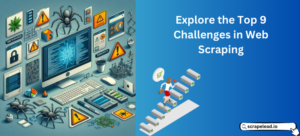
Explore the Top 9 Challenges in Web Scraping
Web scraping challenges like CAPTCHAs, website changes, and dynamic content can be tricky. Learn practical solutions to tackle these obstacles.

Scraping Amazon Prices for Business Growth
Scraping Amazon prices is the key to smarter business decisions. Learn how to do it easily with a no-code approach!

